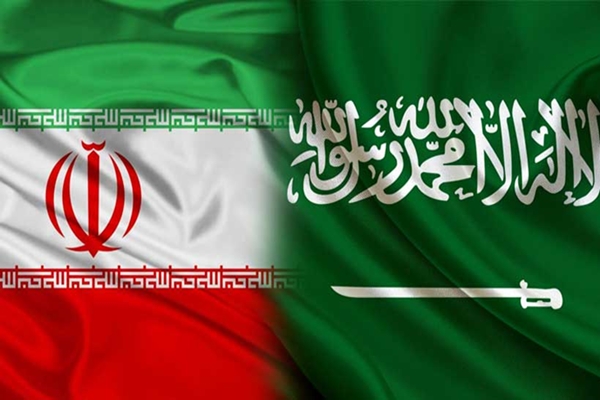In a jointly composed article, Seyyed Hossein Mousavian, a Princeton University scholar and a former member of Iran's nuclear negotiating team, and Abdulaziz Sager, Chairman of Saudi-based Persian Gulf Research Centre, say it is time for the leaders of Saudi Arabia and Iran to hold talks.


“We write as citizens and foreign policy veterans of two countries that most Americans presume are locked in a mortal combat: Iran and Saudi Arabia. In fact, after decades of proxy conflict and frozen ties between our countries, we believe now is the time to explore a new foundation for a lasting peace in our region,” reads their piece published by The New York Times.
These two thinkers wrote that neither of them is a starry-eyed idealist, but both are hardened realists with distrust for one another, and that mistrust is shared at the top levels of their respective governments.
“At the same time, we have seen the destructive consequences of crises in which our countries side with one or another government or movement involved in a competition for power — for example in Yemen, Syria, Lebanon, Bahrain or Iraq. While we each blame the other side for this pattern, we agree that the net result has been costly, has eroded the confidence of the people our governments serve, and has wasted incalculable resources and countless lives that should have been used to build a new Middle East, rather than tear it down.”
They maintain that now is the time for dialogue because the situations in the historic conflict zones are ripe for diplomacy.
These two prominent figures have quoted five reasons for this:
“The bottom line is that these five conflict zones, long sources of contests and misery, appear to be settling into a relatively stable status quo from which we can begin to restore a lasting peace in our region. Although we each accuse the other side of being the source of instability in the region, we know through our own difficult dialogue over many months that the conditions exist for direct and continuous discussions with open channels between our capitals and our citizens. We do not need to agree on everything before agreeing on some things and taking the first, most difficult, steps of dialogue,” reads the article.
These two analysts say “our citizens should be first and foremost in our minds, and the world’s. Iran and Saudi Arabia have a combined population of 115 million, nearly a third of whom are under the age of 25. The future is upon us, and our youth will be interconnected whether we like it or not.”
According to Mousavian and Sager, sustainable peace and security require good bilateral relations and regional cooperation between Tehran and Riyadh. Iran and Saudi Arabia have significant differences, but they share common interests in many critical issues, such as energy security, nuclear nonproliferation, and Middle East stability.
“We hope that instead of widening the [Persian] Gulf between our two countries, our leaders will build on the common ground between our nations, which represent the two main pillars of the Muslim world,” they concluded.
The spokesperson for Iran’s Expediency Council announced that the decision to review the CFT (Combating…
Iranian Foreign Minister Seyyed Abbas Araghchi announced that Tehran will respond to U.S. President Donald…
The Houthis have launched a hypersonic missile at Israel’s Ben Gurion airport, after the Israeli…
Iran’s President Masoud Pezeshkian has promised to find a way to tackle inflation. He stated…
More than 700 Palestinians have been killed in Israeli air attacks in the Gaza Strip…
Leader of the Islamic Revolution Ayatollah Seyyed Ali Khamenei has felicitated the nation on the…